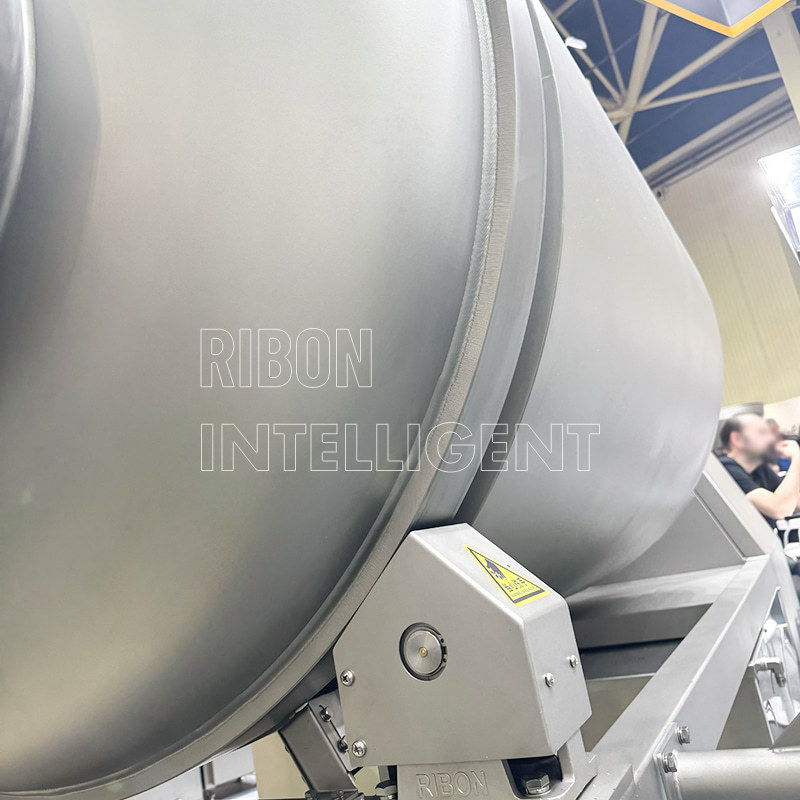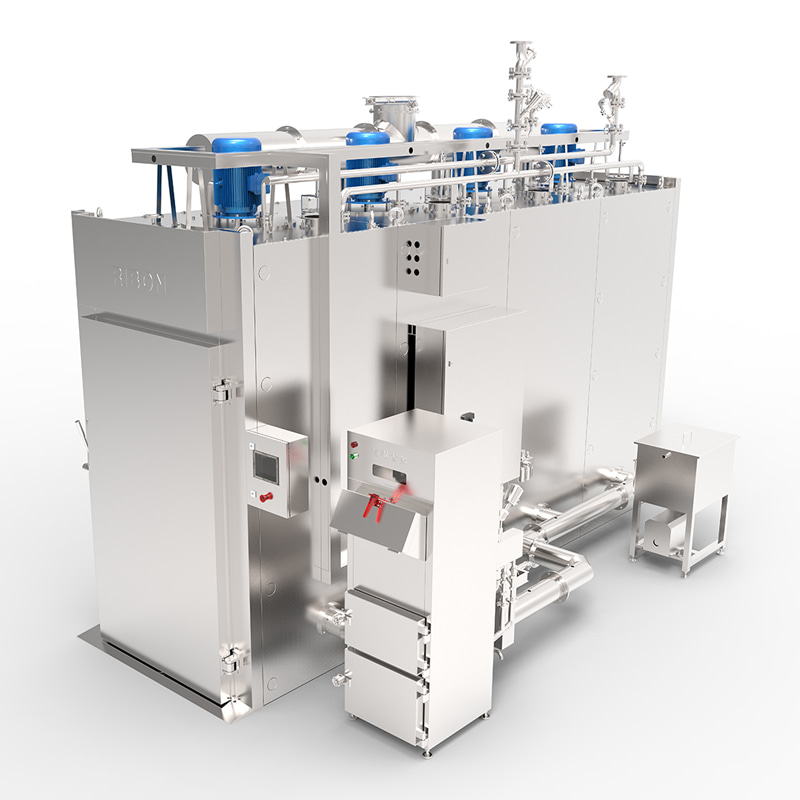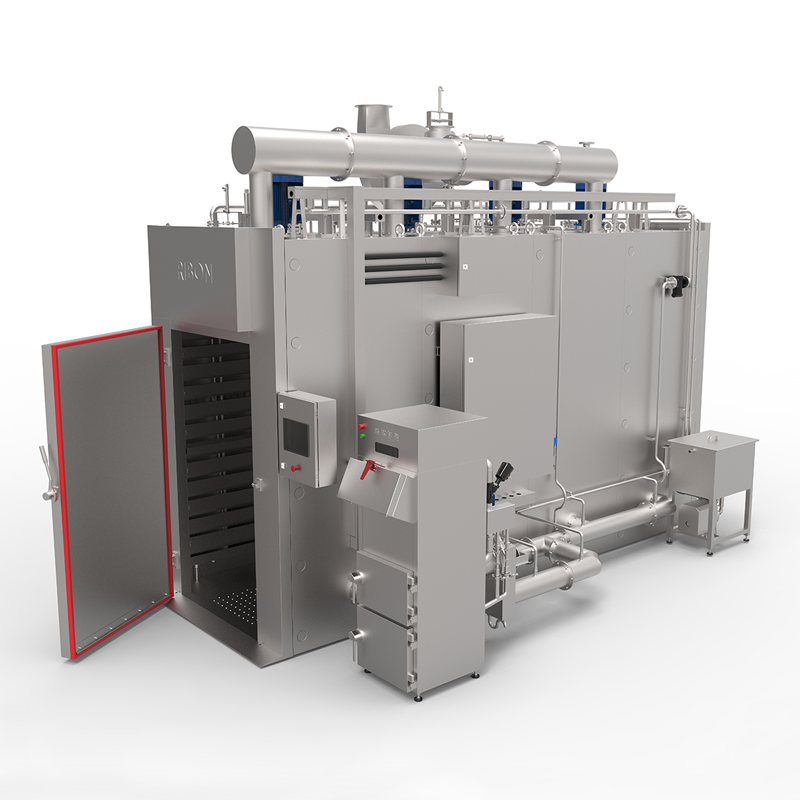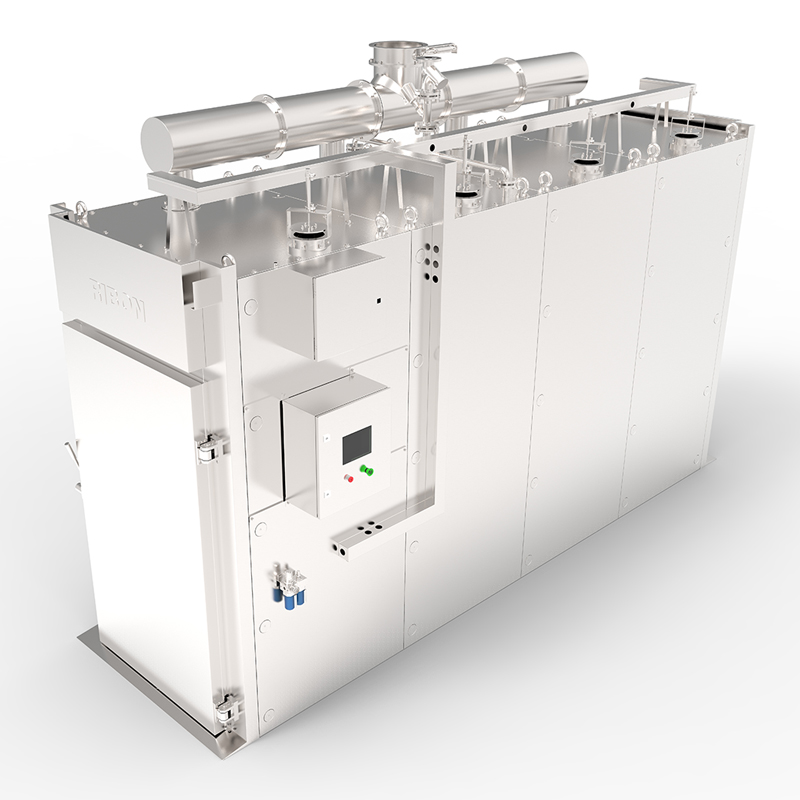For centuries, marinating has been the go-to method for infusing flavor and tenderizing meat. The traditional approach, which involves soaking meat in a liquid mixture for hours or even days, relies on the slow process of diffusion. However, with modern kitchen technology, a new player has emerged: vacuum marination. This technique, which uses a specialized appliance, offers a faster, more effective way to achieve superior results. But how exactly do these two methods stack up against each other?
The Science Behind Traditional Marination
Traditional marination is a passive process. The marinade, a mixture of acids (like vinegar or citrus juice), oils, and seasonings, works by slowly penetrating the meat's surface. The acid helps to break down the muscle fibers, leading to a more tender texture. Meanwhile, the flavors seep into the meat over time. The effectiveness of this method is heavily dependent on time and the composition of the marinade. You've likely experienced the frustration of waiting 24 hours for a steak to marinate, only to find the flavor hasn't fully reached the center. This is a key limitation of the traditional approach—it's time-consuming and often yields inconsistent results, with the outside of the meat being more flavorful than the inside.
The Innovation of Vacuum Marination
Vacuum marination, on the other hand, is a highly active and efficient process. It utilizes a marinator vacuum tumbler, a machine that creates a vacuum inside a rotating drum. This process fundamentally changes the way marinade interacts with the meat. Here's a breakdown of how it works:
-
Pore Expansion: The vacuum pulls air and moisture out of the meat, causing the muscle fibers to expand and the pores to open.
-
Rapid Infusion: When the vacuum is released, the pressure difference forces the marinade to rush into the now-open pores, carrying the flavors deep into the meat in a matter of minutes.
-
Mechanical Tenderization: As the drum gently tumbles, it physically agitates the meat. This action, combined with the vacuum, helps to break down tough connective tissues, resulting in an exceptionally tender product. This is why these machines are also often called vacuum meat tumblers or meat tumblers.
This combination of vacuum and mechanical action dramatically reduces the time required for marination from hours to as little as 15-30 minutes, while also ensuring that the flavor and tenderizing effects are uniform throughout the entire cut of meat.

Which Method Is Right for You?
The choice between vacuum and traditional marination depends on your needs. For a quick, small-scale marinade—like for a weeknight dinner—the traditional method can still get the job done. However, for those who value speed, consistency, and professional-level results, a marinating machine is a game-changer. It's particularly useful for preparing large batches of meat, such as for a barbecue or restaurant, where uniform flavor and tenderness are critical. The initial investment in a quality vacuum tumbler for meat pays for itself in time saved and the superior quality of the final product.
Ultimately, while traditional marination holds a special place in culinary history, vacuum marination represents the future. It's a testament to how technology can improve and accelerate a time-honored cooking practice, delivering results that are simply unattainable with older methods.





 English
English русский
русский Español
Español عربى
عربى










